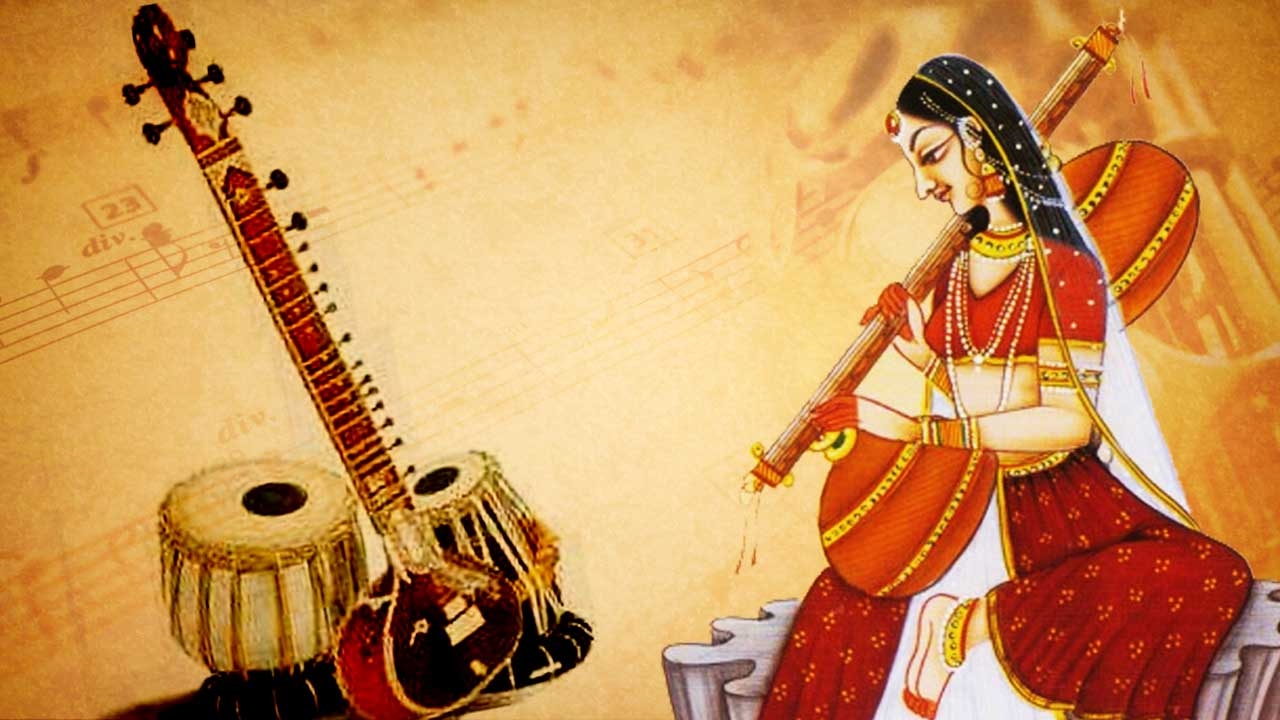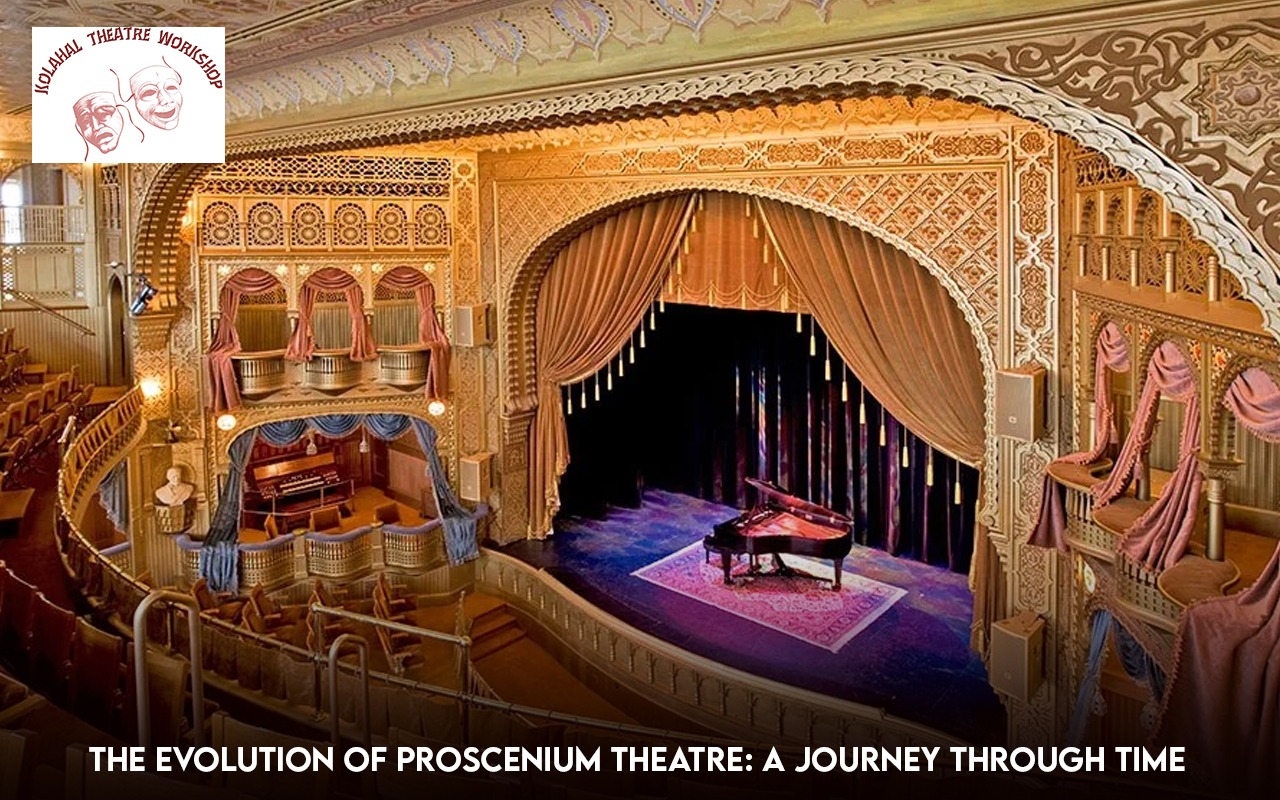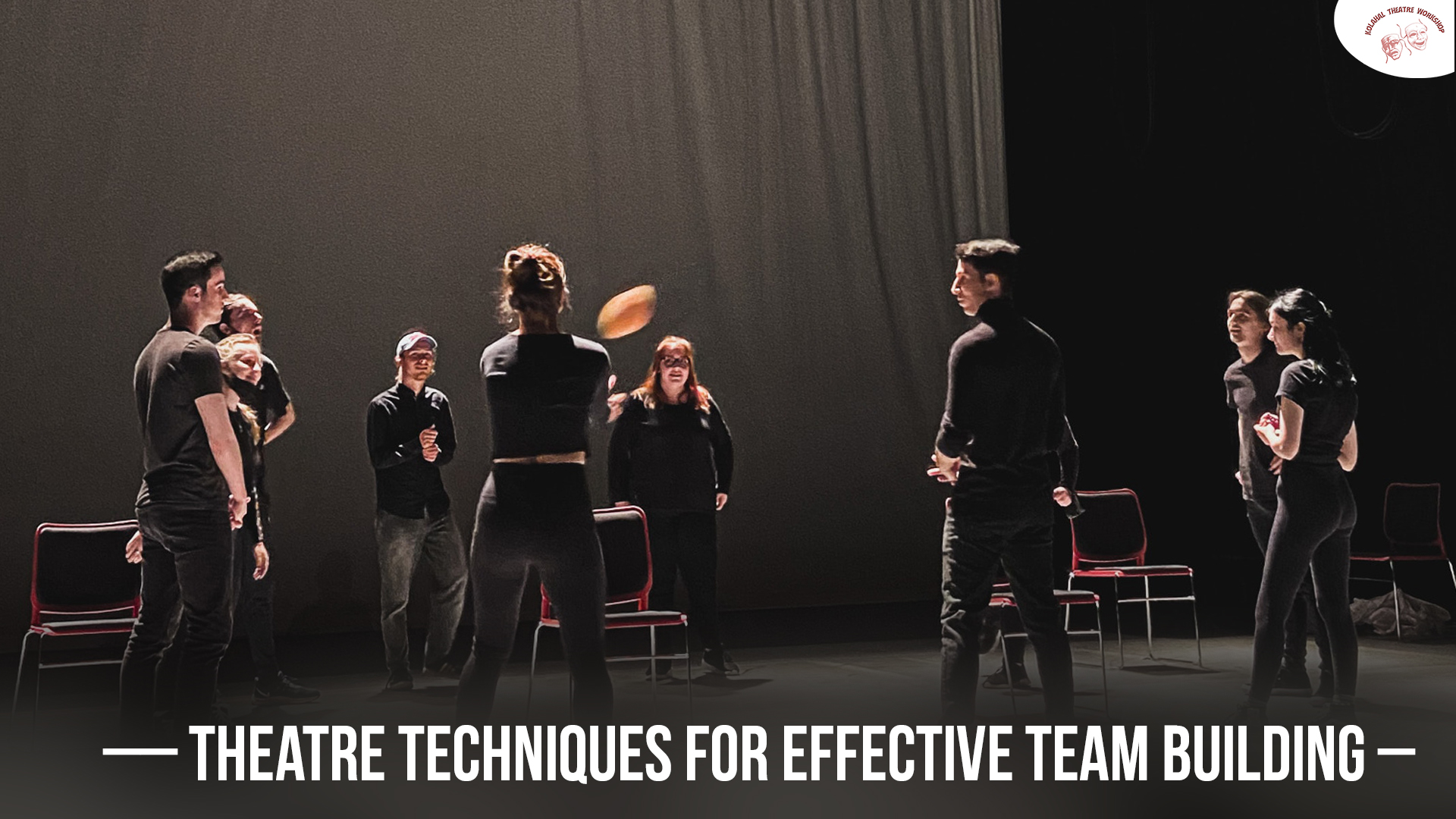INDIAN CLASSICAL MUSIC
Introduction
INDIAN CLASSICAL MUSICis as old as time. Almost every human culture has a tradition of making music. Music is a collection of coordinated sounds or sounds. Making music is the process of putting sounds and tones in order, often combining them to create a unified composition. Indian music has a history spanning several millennia and developed over several geographical locations spanning the subcontinent.
Owing to India’s vastness and diversity, Indian music encompasses numerous genres in multiple varieties and forms, of which classical music is very important. Indian classical music has two major traditions -Firstly , the North Indian classical music known as ” Hindustani ” and secondly the South Indian form known as ” Carnatic “. Indian classical music has two fundamental elements; Firstly the “Raga” and secondly “Tala”. The raga is based on the varied repertoire of notes and forms the fabric of a deeply intricate melodic structure. On the other hand, the ” Tala ” measures the time cycle.
HISTORY OF INDIAN CLASSICAL MUSIC :
The roots of classical music in ancient India are found in the Vedic literature of Hinduism and Natya Shastra, which is the classic Sanskrit text on performing arts penned by Bharat Muni. Sangeeta or music, as a distinct genre of art, developed in the time around 500 BCE. Some of the ancient texts of Hinduism, such as the Samaveda (1000 BCE) are structured entirely to melodic themes. The hymns of Samaveda contain melodic content, form, rhythm, and metric organization. The Rig Veda also embeds the musical meter, but without the kind of elaboration found in the Samaveda.
In the ancient traditions of Hinduism, two musical genres appeared, Gandharva and Gana. Thus the Gandharva music implied celestial, divine associations while Gana implied singing. “Sangita Ratnakara”, the early 13th century Sanskrit text by Sarangadeva ( under the patronage of King Sighana of the Yadava Dynasty in Maharashtra ), mentions and discusses ragas and talas. In fact, it is one of the most authentic and complete historic medieval era documents that has survived into the modern era and is still relatable.
https://en.wikipedia.org/wiki/Indian_classical_music
HINDUSTANI AND CARNATIC MUSIC :
However Carnatic music is the older practice. Above all Hindustani music has been influenced by Persian Colonists . Simmilarly , Hindustani music has more similarities to Western Classical music and has a more concert-based performance history. Here, the musical pieces are usually long.
Of the two, Hindustani music has a long tradition of improvisation. The main thing Indian classical music does is to explore the melodic and emotional potential of different ragas. About 500 ragas are known today. The instruments that are normally used in Indian classical music are Veena, Mridangam, Tabla, Kanjira, Tambura, Flute, Sitar, Violin, Gottuvadyam, and Sarangi. Some of the conspicuous forms of Indian classical music are Khayal, Ghazal, Thumri, Dhrupad, Dhamar, Tappa, Kajari, Bhajan, etc.
Blog
An Overview of Indian Classical Music
Music can be a social activity, but it can also be a very spiritual experience. Ancient Indians were deeply impressed by the spiritual power of music, and it is out of this that Indian classical music was born. So, for those who take it seriously, classical music involves single-minded devotion and lifelong commitment. But the thing about music is that you can take it as seriously or as casually as you like. It is a rewarding experience, no matter how deep or shallow your involvement.
Most music has at least three main elements – melody, rhythm and harmony. Because of its contemplative, spiritual nature, Indian classical music is a solitary pursuit that focuses mainly on melodic development. In performance, rhythm also plays an important role, giving texture, sensuality, and a sense of purpose to melody. Harmony in Indian classical music is mainly the result of the tanpura playing a combination of the tonic (sa) and the fifth (pa) or fourth (ma) in a fixed pattern in the background, somewhat like an arpeggiated chord. Harmony in the Western sense, however, is not a part of traditional Indian music, and it is important not to look for it.
Defining “Classical Music” in the Indian Context
Many of the Indian classical ragas are derived from (but much more evolved versions of) folk tunes from various parts of India, and many of the popular and light-classical music forms in India are based on classical music, so how does one distinguish between classical and folk or popular music?
Folk tunes tend to be simple and repetitive even when they are lively and colorful
Semi-classical and light classical performances are like classical performances in that they involve considerable improvisation and minimal instrumental accompaniment. The difference is that they are less complex and much shorter than serious classical performances. They also usually feature lighter ragas.
Classical music performances showcase the heights of musical creativity achieved by individuals through decades of rigorous training and discipline. They are always extemporaneous and involve only rudimentary lyrics (mainly featuring as refrains) and the barest minimum of instrumental accompaniment (tabla for rhythm, tanpura for harmonic resonance).
It is also important to recognize that there are two distinct traditions of classical music in India. The North Indian (Hindustani) and the South Indian (Carnatic) traditions. Both the traditions have a common origin but have grown apart over the centuries and developed very distinct styles.





[…] https://kolahal.org/2021/11/06/indian-classical-music-treasure-trove-of-rich-indian-music/ […]
[…] https://kolahal.org/2021/11/06/indian-classical-music-treasure-trove-of-rich-indian-music/ […]
I enjoy you because of your entire effort on this site. My mum delights in doing internet research and it’s really obvious why. Most of us hear all about the lively way you present both useful and interesting thoughts on your blog and as well boost contribution from website visitors on that area and our own daughter has always been understanding a lot of things. Take advantage of the rest of the new year. You have been doing a stunning job.
I actually wanted to post a quick message in order to appreciate you for some of the great strategies you are showing on this website. My particularly long internet look up has at the end been honored with pleasant facts and techniques to share with my family members. I ‘d repeat that we site visitors actually are quite endowed to exist in a decent website with very many wonderful people with beneficial techniques. I feel extremely fortunate to have discovered your entire web site and look forward to some more brilliant moments reading here. Thank you once again for a lot of things.
A fascinating discussion is worth comment. There’s no doubt that that you ought to publish more on this subject matter, it might not be a taboo matter but usually people do not talk about these subjects. To the next! Kind regards.
excellent points altogether, you just won a new reader. What may you suggest about your post that you made some days in the past? Any sure?
Thanks for sharing, this is a fantastic post.Thanks Again. Really Cool.